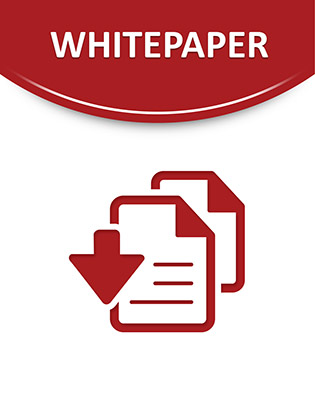Using enterprise architecture to develop a blueprint for improving your energy efficiency and reducing your carbon footprint

Many organizations, especially those in fast-growing industries, recognize the economic imperatives associated with operating more efficiently and reducing their carbon footprint. However, to make smart decisions about being green, an organization needs to develop a shared understanding of its current state of operations and where it wants to be in the future, whether that means in the next month, the next year or in the next five years.
Understanding this evolution opens up a myriad of options for decisions about energy efficiency. Questions that address the long-term consequences of decisions about their energy usage emerge, such as: How does improving the energy efficiency of our data center impact the rest of the organization? What processes need to be changed as a result? What is the long-term impact on our customer service? Are the results consistent with our business goals overall? How do we embrace being green as a long-term initiative versus a short-term fad? That's where enterprise architecture (EA) comes in.
Enterprise architecture is a formal mechanism for analyzing the energy efficiencies throughout an organization in the context of business strategies, goals and processes. EA offers a central, high-level knowledge source for the analysis of business process, data, applications and systems in the context of organizational goals. EA is both an ongoing process of data gathering and dissemination and a blueprint (or roadmap) that delivers information for analysis, visualization and decision making. A natural result of any comprehensive and ongoing EA initiative can be increased efficiency and productivity, leading to a smaller carbon footprint.
The EA repository serves as a shared information source across the organization for determining an optimized state of operations and providing maximum resource conservation. The result is smarter decision making about energy efficiency, environmental impact and the subsequent effect on the bottom line. EA analytics and reporting tools, such as Telelogic System Architect software, help organizations develop a comprehensive EA program that delivers, among other things, a blueprint for energy impact analysis, which is a vital step in undertaking any organizational change.
EA programs can provide a thorough analysis and visualization of power consumption by location, application, processes, strategies and job. For example, IT staff can identify servers and other hardware with the most power consumption and identify targets for replacement or modification. Management can identify "bloat" in the IT infrastructure by highlighting underused or redundant hardware and unwieldy processes. Executives can strategically plan energy reduction initiatives by reviewing reports that highlight trouble areas and their relevance to the organization's key goals, strategies and objectives. An EA program can also provide a communication platform for sharing this information across geographic boundaries and organizational structures. The result is a plan for short-term energy efficiency gains and long-term energy impact planning.
The goal of any program focused on reducing energy costs and increasing efficiency will bear striking similarity to any EA program - more efficient and effective business operations that help achieve the short- and long-term goals of the organization. A natural result of any comprehensive and ongoing EA initiative is increased efficiency and productivity.
Read this whitepaper to learn more.
